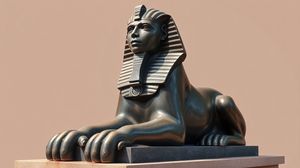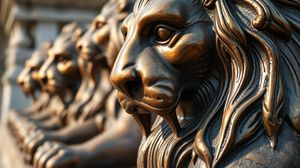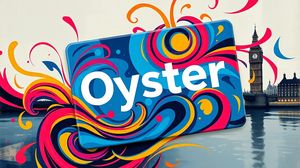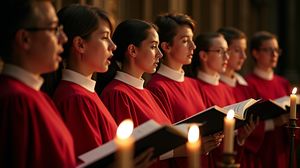
Cleopatra's Needle on London's Victoria Embankment is an iconic Egyptian obelisk that dates back over 3,000 years. Although it's known as Cleopatra's Needle, it has no connection to the famous Queen Cleopatra of Egypt. Instead, the obelisk was originally erected in the Egyptian city of Heliopolis by Pharaoh Thutmose III around 1450 BC.
The obelisk is one of a pair, with the other located in Central Park, New York. These obelisks were gifted by the Egyptian government in the 19th century to both Britain and the United States as symbols of strengthened political relations.
Transporting the 200-ton monument from Egypt to London in 1877 was a monumental engineering feat of its time. A custom-designed iron cylinder, designed to float, was used to transport the obelisk down the Nile to the Mediterranean Sea, enduring a harrowing journey to reach London.
This historical artifact is flanked by two bronze sphinxes, which are uniquely adorned with marks from bomb shrapnel incurred during World War I, a testament to the area's turbulent history during the war.
The obelisk's base contains a time capsule buried when it was erected in London in 1878. The capsule includes items such as photographs of the 12 most beautiful women in England at the time, a set of coins, and a copy of the Bible, offering a fascinating glimpse into the cultural interests of Victorians.
Positioned alongside the River Thames, Cleopatra's Needle stands as one of London's most remarkable and must-see historical landmarks, drawing locals and international visitors alike to marvel at its ancient origin and storied past.

Making the Most of Your Visit:
Visit during daylight hours to appreciate the details: While Cleopatra's Needle is a sight to behold at any time, visiting during the day allows you to see the intricate carvings on the obelisk and the bronze sphinxes more clearly.
Check out the shrapnel marks on the sphinxes: These marks are from bomb shrapnel during World War I, offering a tangible piece of history that many visitors often overlook. Stand close to the sphinxes to spot these historically significant blemishes.
Look for the plaque explaining the journey: There's an informative plaque nearby detailing the fascinating story of how the obelisk was transported to London. Taking a moment to read it can enrich your understanding of this engineering marvel.
Experience the riverside atmosphere: The Needle is right by the Thames, so take a leisurely stroll along the riverbank for some lovely views of London. It's a perfect spot to relax and soak in the city's energy.
Notice the inscriptions: The obelisk features hieroglyphs that were carved during the reign of Pharaoh Thutmose III. Though not easily deciphered without a guide, it's fascinating to see these ancient symbols up close.

Visiting Times & Costs:
Cleopatra's Needle on Victoria Embankment is open to the public at all times, as it is an outdoor monument situated along the Thames River.
Opening Hours: The area is accessible 24/7, being part of the Victoria Embankment public space.
Entrance Fee: There is no entrance fee to visit Cleopatra's Needle; it is free to the public.
Accessibility: The site can be accessed by pedestrians with pathways suitable for wheelchairs and strollers. However, visitors should be cautious as the riverside pathways can become crowded, and the terrain might be uneven in places.

Address & Map:

Nearby:























